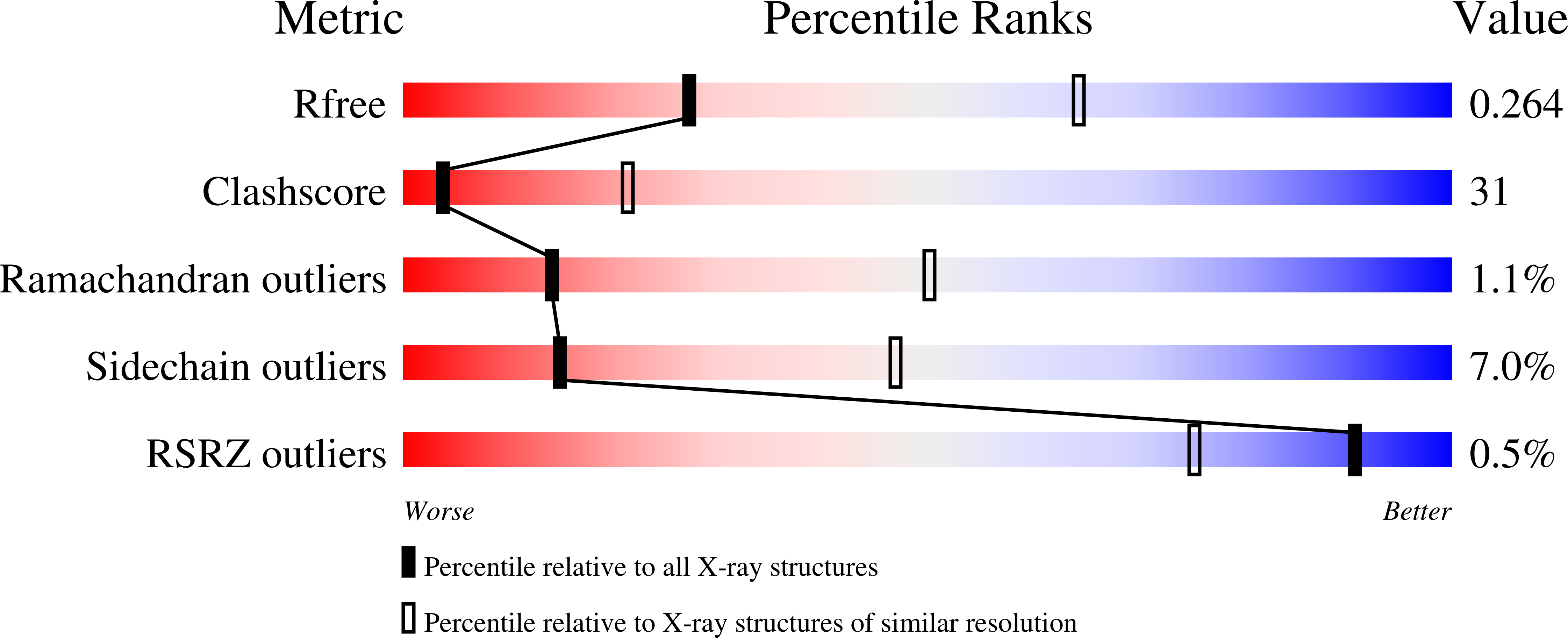
Deposition Date
2000-06-15
Release Date
2000-09-25
Last Version Date
2024-02-07
Entry Detail
PDB ID:
1F5T
Keywords:
Title:
DIPHTHERIA TOX REPRESSOR (C102D MUTANT) COMPLEXED WITH NICKEL AND DTXR CONSENSUS BINDING SEQUENCE
Biological Source:
Source Organism:
Corynebacterium diphtheriae (Taxon ID: 1717)
Host Organism:
Method Details:
Experimental Method:
Resolution:
3.00 Å
R-Value Free:
0.27
R-Value Work:
0.24
R-Value Observed:
0.24
Space Group:
P 41


